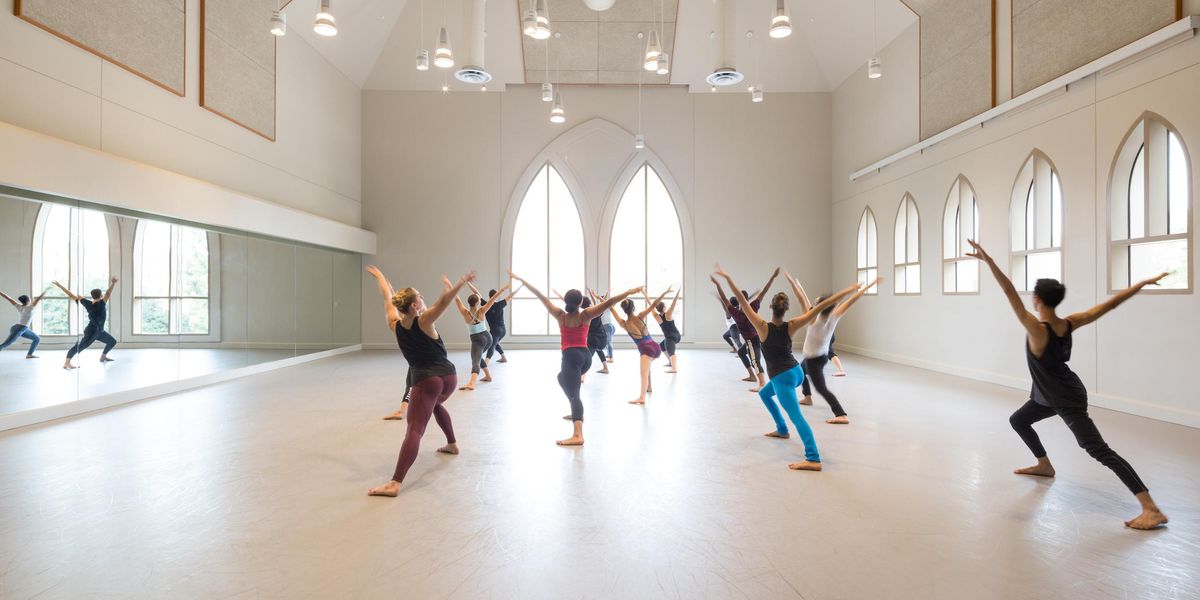Plugged In
Dancing on Water: A Life in Ballet, from the Kirov to the ABT; Fernando Alonso: The Father of Cuban Ballet; Easter Parade on Blu-ray, “My Dance Master Mind” website
BOOKS
Dancing on Water: A Life in Ballet, from the Kirov to the ABT. By Elena Tchernichova, with Joel Lobenthal. Northeastern University Press. 2013. 328 pages. $35.
It’s been five decades since Rudolf Nureyev “leapt to freedom” at the Paris airport. But Nureyev didn’t write his memoirs, nor did Baryshnikov. Few Russian dancers, in fact, have told us how it really felt to live and work in that closed, elite world they grew up in, and then navigate a very different landscape when they came out.
Former Mariinsky dancer and Russian-turned-American coach Elena Tchernichova, helped by American dance critic Joel Lobenthal, has done just that. Born in wartime Leningrad, Tchernichova endured fear, near-starvation, parents’ painful deaths. Yet she sounds almost cheerful about her young years at Russia’s famous Vaganova Academy, where she trained during the period when ballet stood on the top rung of Soviet arts.
The voice in this book is excellent company, as Tchernichova endures growing pains, backstage intrigues, and the shocks of emigration. She rose eventually to hold one of the most powerful positions in the art: American Ballet Theatre’s head coach during Baryshnikov’s legendary 1980s leadership. Dialogue enlivens the narrative (“Ah, such red lipstick, like a vampire!” Nureyev once said to our heroine). Word sketches of major figures like Natalia Makarova and Susan Jaffe abound. Only toward the book’s end does a resentful note creep in, as lethal ballet intrigues sideline the narrator. Overall, though, this book offers a fascinating portrait of a surprisingly open-minded ballet intellectual. —Elizabeth Kendall
Fernando Alonso: The Father of Cuban Ballet. By Toba Singer. University Press of Florida. 2013. 240 pages. $24.95.
When people think of the Ballet Nacional de Cuba, the name that first springs to mind is Alicia Alonso, the internationally acclaimed former ballerina who, at age 92, still rules the Havana-based company. She is, in effect, the company’s official brand. The Cult of Alicia has been so carefully crafted that the two Alonso brothers—Fernando, her ex-husband, and Alberto, a choreographer—who shared in the troupe’s formation and evolution, are easily forgotten.
American dance journalist Toba Singer does much to reframe our understanding, helping to correct lingering historical misconceptions. Her book consists largely of interviews with the nonagenarian Fernando, whose detailed answers almost constitute a personal memoir.
Although Fernando performed with Ballet Caravan and Ballet Theatre in New York, he remained a loyal Cuban patriot and developed a reputation as a ballet master. Jorge Esquivel, who partnered Alicia Alonso, says Fernando “knew the human body so perfectly that he could have graduated in medicine.”
It’s equally fascinating to hear Fernando recount his increasing political radicalization, culminating in his support, as general director of Ballet Alicia Alonso, for the Castro revolution. No wonder Fidel came knocking on Fernando’s door, offering government backing for what was soon Cuba’s “National” company and its most visible cultural institution.
Although Fernando to this day insists that Alicia was his favorite ballerina, he has said, “To me, the corps is the prima ballerina of the company.” —Michael Crabb
BLU-RAY
Easter Parade (Blu-ray), 65th Anniversary Edition. Warner Brothers. $19.98.
This iconic 1948 movie musical comes to life in stunning color and crispness. Pairing Fred Astaire and Judy Garland for the first time, Easter Parade is a prime example of Golden Era fun, hope, and sublime talent.
Set in New York City in 1912, the story begins as dashing Broadway star Don Hewes (Astaire) is jilted by his long-time, diva-esque partner, Nadine (the beguiling Ann Miller in her MGM debut). When he tries to transform innocent chorus girl Hannah Brown (Garland) into a Nadine replacement, he fails miserably. But once he realizes her strength in comedy and singing, hilarity, a romance, and, of course, countless musical numbers ensue.
Many of the showstopping numbers, choreographed by Bob Alton, are breakout moments for the movie’s stars. Miller (who took over the part from sultry Cyd Charisse) dazzles in her solo “Shakin’ the Blues Away” with trademark rapid-fire taps and jazzy attack. Astaire’s solo “Drum Crazy” showcases his special blend of grace and intricate footwork, and “A Couple of Swells” captures the slapdash charm of Astaire and Garland as a team.
Along with the movie, the special features offer fun, behind-the-scenes stories (Astaire’s part was originally meant for Gene Kelly!), making the entire package inspiring and educational. —Lauren Kay
WEBSITES
“Use your plié.” “Connect your arms to your back.” “Lift up out of your standing leg.” Chances are you’ve heard these corrections before. But it’s one thing to hear a correction and another to fully embody it.
A new online training tool, My Dance Master Mind, reminds us that there are countless ways of approaching the same movement, and that dancers can be each other’s best teachers.
Created by former Cunningham dancer John Hinrichs, with the goal of helping dancers “get better faster,” the website houses 146-plus short video interviews with dancers from New York’s top-tier companies. They share practical insights on everything from increasing turnout in arabesque to landing from jumps. In an upright balance, Daniel Madoff, a former Cunningham dancer, thinks of “stacking” the torso over the legs, while Paul Taylor’s Francisco Graciano advises, “Connect the abs to the hamstrings.”
This enlightening resource also addresses issues like career building and injury prevention. A one-year, $15 membership provides access to the monthly videos. See www.mydancemastermind.com. —Siobhan Burke




